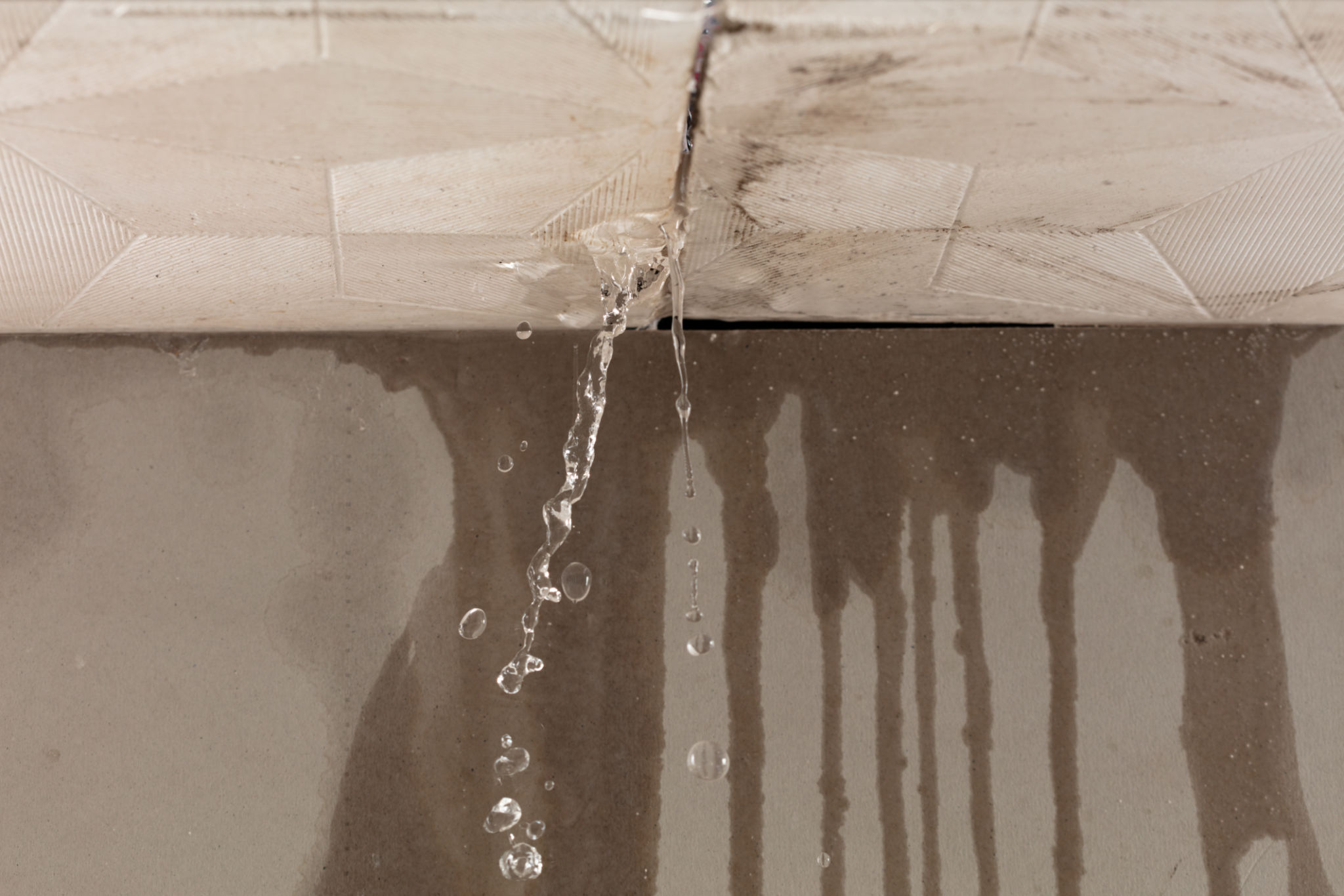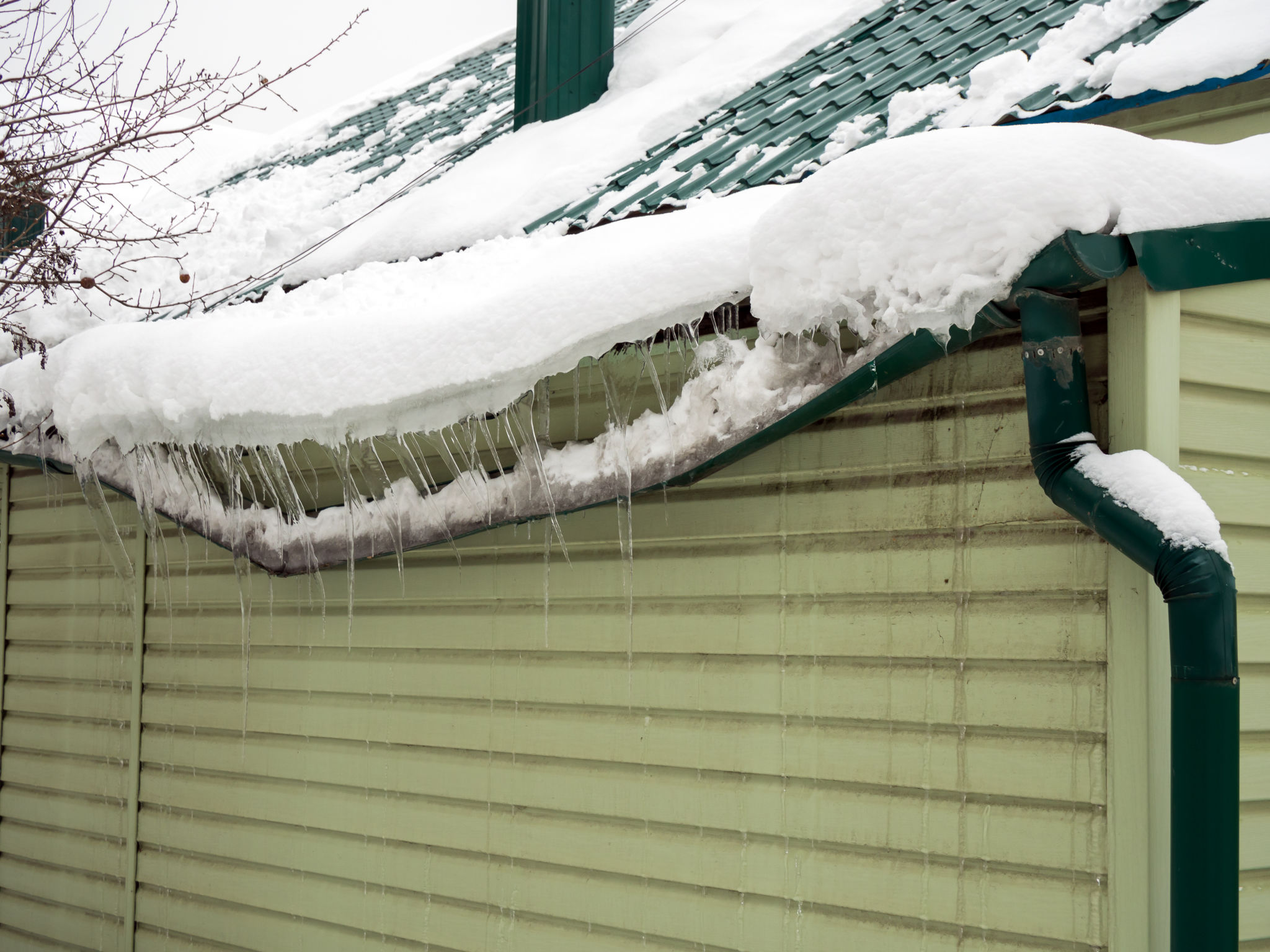The Impact of Weather on Commercial Building Preservation
The Role of Weather in Building Longevity
Weather plays a crucial role in the longevity and preservation of commercial buildings. It dictates the maintenance strategies and influences the structural integrity of these edifices. With varying climates across the globe, understanding the ways weather impacts commercial properties is essential for effective preservation.
From scorching heat to freezing cold, commercial buildings face a range of weather conditions that can lead to gradual deterioration. Regular inspections and proactive maintenance can mitigate these effects, ensuring that buildings remain safe and functional for years to come.

Heat and Sunlight: The Silent Deterioration
Sunlight and heat are among the most underestimated factors contributing to building wear and tear. Prolonged exposure to the sun can cause materials like paint, wood, and plastic to fade or warp. This not only affects aesthetics but can lead to structural issues over time.
Thermal expansion is another consequence of excessive heat, where building materials expand and contract with temperature fluctuations. This can result in cracks and fractures in walls and foundations, jeopardizing the building's integrity.
The Effects of Rain and Humidity
Rain and humidity can wreak havoc on commercial buildings, particularly those constructed with porous materials. Water infiltration can lead to mold growth, wood rot, and corrosion of metal components. Over time, these issues can compromise the structural soundness of a building.

Additionally, constant exposure to humidity can weaken the adhesive bonds in construction materials, making them more susceptible to damage. Ensuring proper drainage systems and waterproofing measures are in place is vital to counteract these effects.
Winter Challenges: Snow and Ice
Winter weather poses its own set of challenges for preserving commercial buildings. Snow accumulation on roofs can lead to increased load stress, potentially causing sagging or even collapse if not properly managed. Ice formation in gutters and downspouts can impede drainage, leading to water damage.
Moreover, freeze-thaw cycles can be particularly damaging, as water seeps into small cracks, freezes, and expands, enlarging the cracks with each cycle. Regular maintenance checks during winter months can help prevent these destructive processes.

Wind: A Force to Reckon With
Strong winds can cause immediate damage to commercial buildings by dislodging roofing materials, breaking windows, and even impacting the structural framework. Over time, wind exposure can lead to increased wear on external surfaces, necessitating frequent repairs.
Investing in wind-resistant designs and materials can significantly reduce the risks associated with high winds. Buildings in windy regions often require reinforced structures to withstand the constant battering.
Strategies for Weather-Resilient Buildings
To preserve commercial buildings against weather-related damages, implementing strategic measures is key. Some effective strategies include:
- Regular maintenance checks to identify and repair damages early.
- Utilizing weather-resistant materials during construction or renovation.
- Enhancing insulation to mitigate thermal expansion and reduce energy costs.
- Installing robust drainage systems to prevent water accumulation.
By understanding the impact of weather on commercial buildings and taking proactive steps, property managers can ensure their investments remain protected and valuable for the long term.